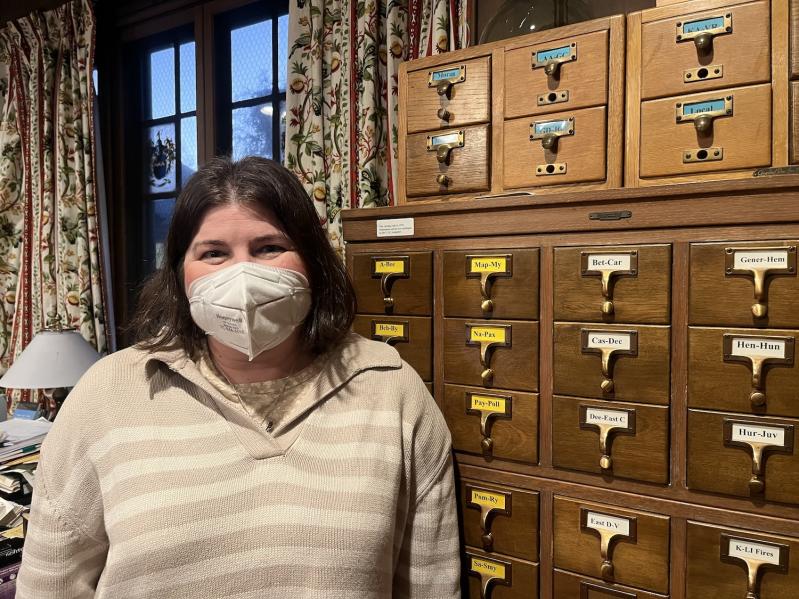Perhaps you've found a hatbox of aging family photos with first names scrawled on the back, yet none of your relatives can recall who they were or what they were doing. Or perhaps you're curious to understand where your ancestors originated.
You're not alone. In recent years, genealogy research has grown in popularity, as people are curious to discover such details about their family history. There is a vast amount of data available, and which type of information you seek will determine the resources you might consider using.
Digging into genealogical research used to require paging through dusty books or flimsy microfiche; however, the rise of accessible DNA technology and the digitization of census data and historical documents have greatly expanded access to information.
Those seeking to understand the biology of their ancestral origins may opt to mail a swab of saliva to a service like 23andMe or AncestryDNA. In just a couple of weeks, one can learn details including ethnic heritage and genetic health risks, as well as gain the ability to connect with potential relatives. (Lately, though, 23andMe has experienced privacy breaches and has not yet clarified what will happen with its DNA repository if the company should go out of business.)
With historical records now available online, the volume of data might seem daunting. The speed and ability to search through vast amounts of material online have improved in recent years, however. Perhaps best of all, many public libraries provide access to digitized resources that collectively can help to piece together family history.
Andrea Meyer, who heads the Long Island Collection at the East Hampton Library, has taught genealogy classes and understands the process. "Go as far back as you can in your family history to use those names as a starting point in your research. Most people know the names of their family members in the 1940s or 1950s," Ms. Meyer advises.
Creating a family tree is the backbone of genealogy; however, it's the personal details and photos that can add dimension. One of the most common tools is the website Ancestry.com, as it contains international census records with which to construct a family tree. In addition, there may be links to documents such as immigration records, marriage licenses, ship manifests, or school yearbooks. Ancestry's Fold3 website contains military service records as early as the Revolutionary War and may include photos, physical descriptions, and details about where individuals served.
Patrons seeking to use the East Hampton Library's Ancestry.com resources must access them via the library's Wi-Fi network. This means logging onto one of its computers or using a personal laptop in one of the library's sitting areas.
Many libraries across the country have compiled local history records that support genealogy research and are accessible to the public. "Genealogy has actually been driving a lot of the digitization of local history, across the country," Ms. Meyer notes.
RELATED: Sharing Your Own Story Via Memoir Writing
The East Hampton Library, for instance, has amassed more than 28,000 digitized documents, in addition to five rooms of material that largely predate 1850. Resources include photos, film, early property deeds, early maps showing property ownership, account books, town records, oral histories, drawings, inventories of estates, indentures, diaries, letters, certificates, and sermons.
East Hampton Library is plugged into Digital Long Island, a database of regional material that can be searched by a keyword or phrase. Common names may present a challenge when trying to narrow down a search to find the relevant material, yet searching using a range of dates or adding a state or other detail may help target the search.
The digitization of materials not only preserves the content of oftentimes fragile physical documents, but also enables them to be shared. One way that the East Hampton Library has deepened its collection of local historical documents and photographs is to offer scanning services free of charge to members of the community, if the documents are related to the East End or contain local history. Individuals seeking to use the library's digitization service must agree to allow public access to their documents. In return, they can preserve their family history by saving an electronic copy and help enrich the collective knowledge of life for past generations.
The East Hampton Library continues to modernize its technological capabilities to search through the vast repository of documents in its collection. An optical handwriting reader enables keyword searches of letters or handwritten records and greatly enhances the ability to identify relevant material. The process is faster than it used to be, allowing researchers to find that unexpected family connection to the past.

